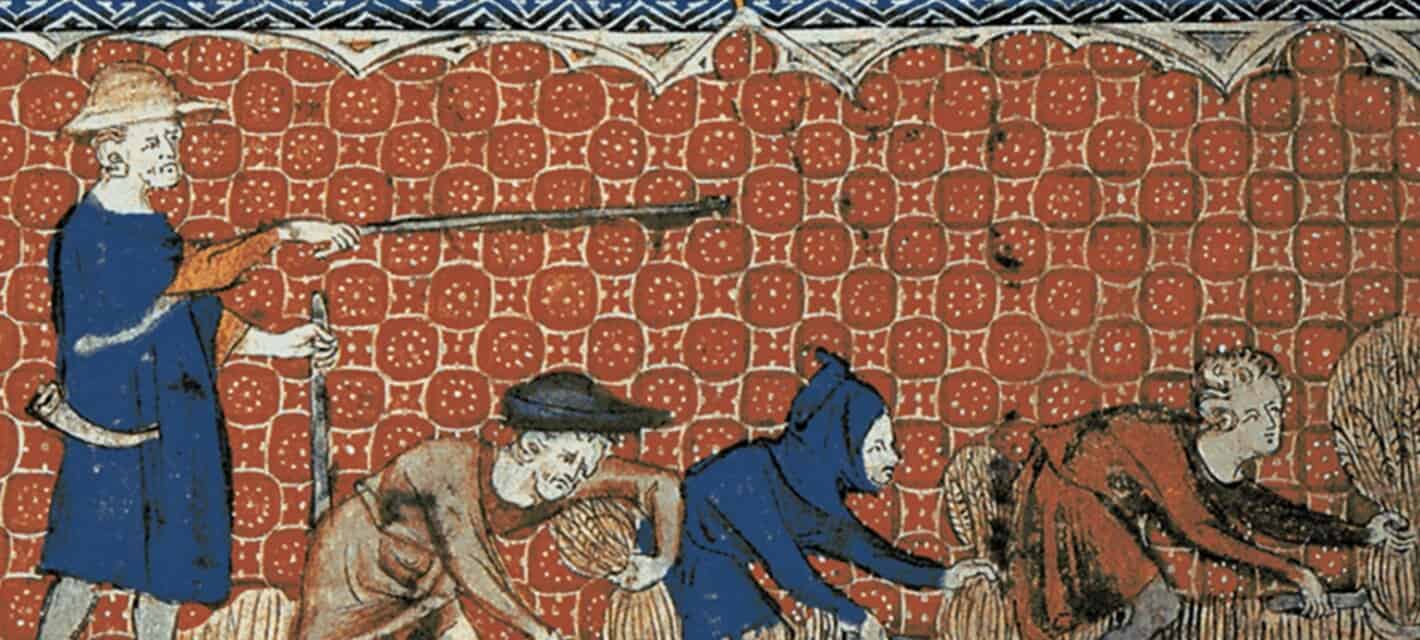Life was no bed of roses for medieval peasants. They lived in cramped quarters, lacked many amenities we take for granted, performed backbreaking work, sanitation was abysmal, and they were exploited by their betters. They often had to worry about famine, plague, and war. However, we might envy them one thing: they worked fewer hours than us and had way more vacation time. Following are thirty things about that and other lesser-known medieval facts.

30. Medieval Peasants Were Exploited, Downtrodden, Brutalized, and Oppressed – But Were They Overworked?
The modern perception of medieval peasants is often one that views them as exploited, downtrodden, brutalized, oppressed, and overworked minions. To a large extent, peasants back in the Middle Ages were, indeed, exploited, downtrodden, brutalized, and oppressed. They were placed at the bottom of the social pyramid as a lower caste that had fewer legal rights and protections than the nobles and clergy above them. Moreover, a significant chunk of the fruits of their labor went to support their social betters.

A European medieval peasant might have been reduced to the status of an outright serf, bound to the land and unable to leave without the proprietor’s permission. Depending on location and era, a peasant might be required to put more time and effort into tending an aristocrat’s fields than his own. However, when it comes to whether peasants were overworked, then, well – as it turns out, not so much. As seen below, modern Americans put in longer hours, with fewer holidays and vacation time, than peasants did back in the Middle Ages.

